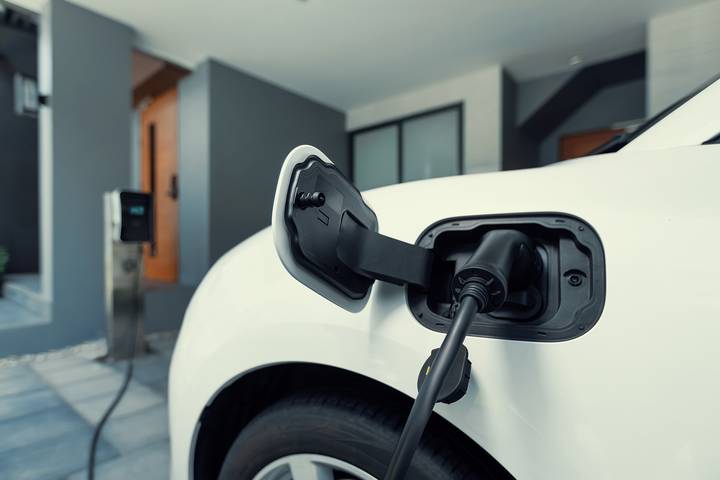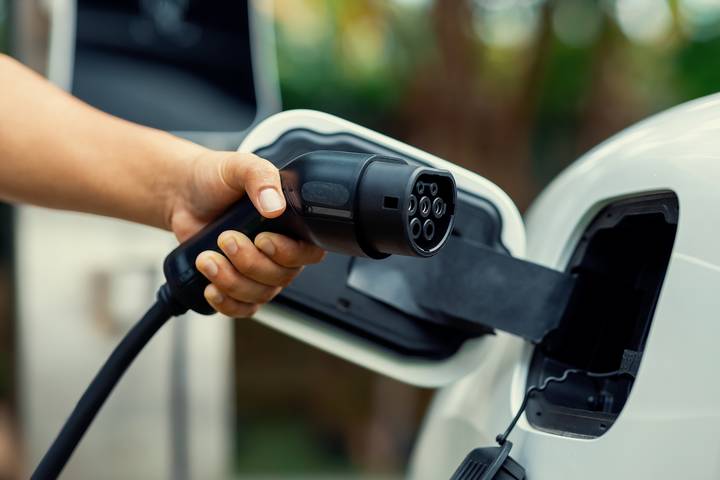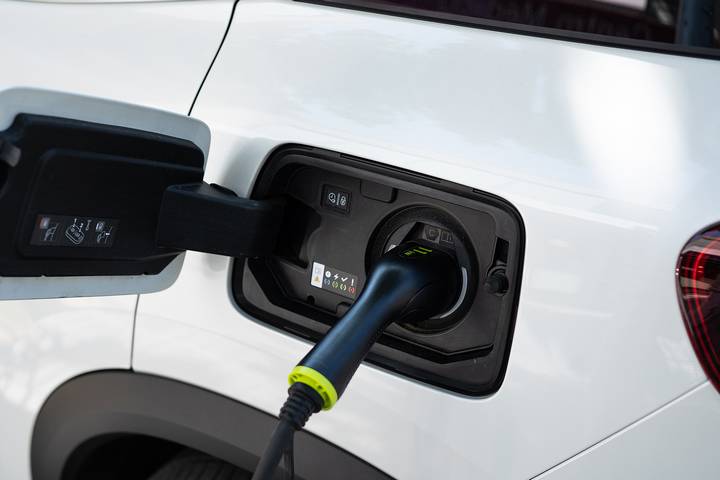Driving an electric vehicle is a great way to be part of the eco solution. It allows us to be free of using the internal combustion engine to power our cars and unites us with others looking to make positive changes for our world.
Are you looking to drive an EV and wondering how it charges up? Some people envision getting stranded with no power and unable to charge it without an expensive setup. However, that is the wrong assumption. Commercial EV chargers are very versatile, offering several options to keep you energized and on your way.
The type of charging connector also varies by the power rating or speed of the charge point. These are the EV charger types you can use.
Level 1 EV Charger

Level 1 is the minimum charger size for EV, and all vehicles come with this adapter, allowing you to plug in a power cord to a standard house 120v outlet. This is ideal for those who want to charge at home or in an apartment. While more and more charging stations are being put up as part of the electrical infrastructure, only newer apartments and condos will have them.
Level 1 EV Charging – How It Works
Level 1 is perfect for overnight charging because it is slow and only gives you 6-10 km per hour. That means for each hour it is plugged in, you can drive up to 10 km. Plugging your EV in at night will give you a great charge to get you going the next day, but it isn’t practical for everyday driving, so you can supplement during the day with a type 2 charging station.
These chargers have a five-pin connector with no locking mechanism and are single-phase.
Level 2 EV Charger

If you want a faster charging capability at home or park with a public charging hub, you can opt for level 2. This is a 240v plug type, and they are typically permanent installations, similar to your washing machine outlet, as they are rated for a higher output.
These can be installed in your driveway as a personal charging station and are wired to your home to add to your power usage without needing a separate meter. With a higher output, you get faster charging with almost six times as fast or from 25-56 km per charge rate.
There are also network chargers that are level 2 in the community that you can pull up to. These are usually at shopping centres and restaurants where you will be parked for a while to take advantage of recharging while you shop.
Level 2 EV Charging – How It Works
While you may find some public charging stations free, most require payment as a pay-per-use fee, and the costs vary depending on your location. They also produce up to 40 amps and give you similar driving charge amounts. These chargers have a seven-pin connector with a built-in locking mechanism and can carry 3 phase power.
Installing a level 2 charger at home can be a little pricey, at up to $1000, but it is worth it if your EV is your main car for driving to work every day and you don’t want to use a pay-per-use hub in the neighbourhood.
Level 3 EV Charger

A level 3 charger is a fast charging system with 400-900v and is often referred to as:
- Supercharging
- DCFC
- DC Fast Charge
This is the fastest type of charging used for travelling longer distances, requiring a rapid charge to keep going. These are often installed on popular travel routes and will keep you going with minimal downtime during a charge. While they are great for speed and convenience, it is recommended to only use them twice a week as they can negatively affect the lifespan of your EV battery.
The level 3 charger can fully charge the average-sized battery, around 320 km in an hour. This has a DC connector for rapid charging and a type 2 charger provided by Tesla.
Level 3 EV Charging – How It Works
Not all chargers plug into every kind of EV, but you can purchase an after-market charger designed for your particular vehicle. Tesla uses its connector, so you cannot charge another vehicle with the Tesla charger or use another charger on the Tesla without an adapter.
Charging stations are sometimes free; others require a key FOB or other access device and a credit card payment.
These are the types of EV charger types you can use to power your vehicle. Most EV owners will use a combination of all three during their ownership. As the infrastructure expands, easier access and faster charging times will keep you driving with a clean burning vehicle.




